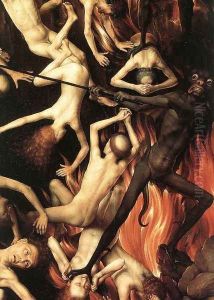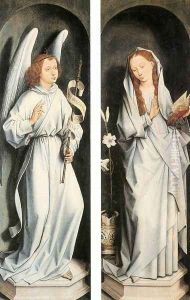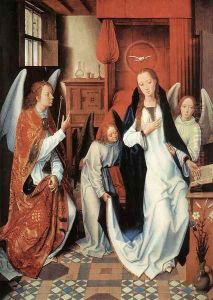(manner of) Memling, Hans Paintings
Hans Memling, a leading Flemish painter of the late 15th century known for his portraits and religious compositions, was born around 1430, likely in what is now Germany. Memling's art is often associated with the city of Bruges in modern-day Belgium, where he spent most of his career. His works are characterized by their serene humanism and detailed representation of both figures and landscapes, reflecting the rich cultural and economic environment of the Burgundian Netherlands.
Memling's training and early influences are somewhat obscured by history, but it is believed he may have been a pupil of Rogier van der Weyden in Brussels, which is evident in his meticulous attention to detail and the emotive qualities of his figures. By the mid-1460s, Memling had settled in Bruges, where he quickly established himself as a leading painter, receiving commissions from the local elite as well as international patrons, a testament to the widespread appeal of his art. His works include altarpieces, triptychs, diptychs, individual panel paintings, and portraits, demonstrating a masterful handling of oil paint and a sophisticated understanding of light and shade.
Among his most famous works are the 'Mystic Marriage of St. Catherine' (1479), the 'Reliquary of Saint Ursula' (1489), and the 'Diptych of Maarten van Nieuwenhove' (1487). Memling's style, while rooted in the traditions of Early Netherlandish painting, also exhibited a unique blend of realism and idealism, creating serene and harmonious compositions that had a profound influence on the development of Renaissance art in Northern Europe.
Hans Memling died in 1494 in Bruges. His legacy continued to influence painters in the Low Countries and beyond, cementing his position as one of the leading artists of his time. His works are today housed in major museums around the world, cherished for their beauty and historical value.
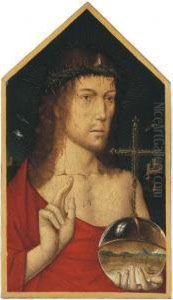
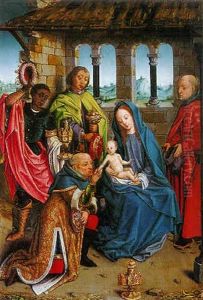
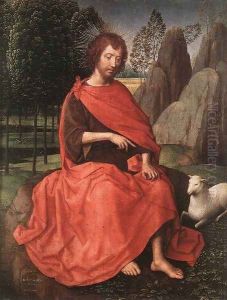
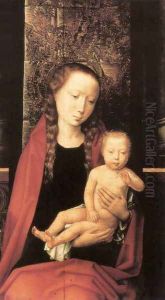
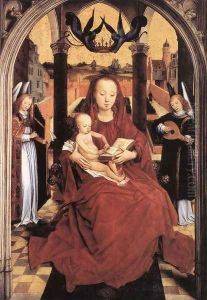
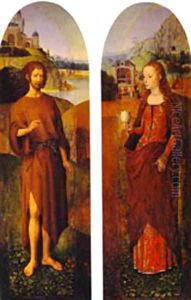
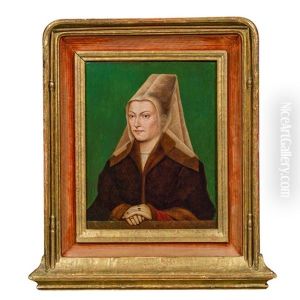
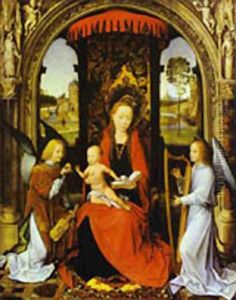
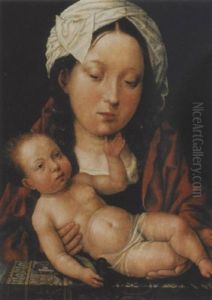
![St John Altarpiece [detail: 6, central panel]](https://www.niceartgallery.com/imgs/222725/s/manner-of-memling-hans-st-john-altarpiece-detail-6-central-panel-3fdb444f.jpg)
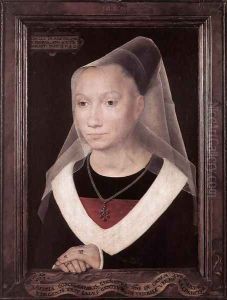
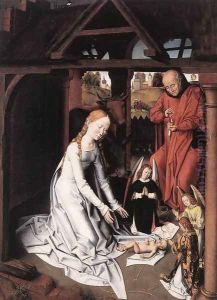
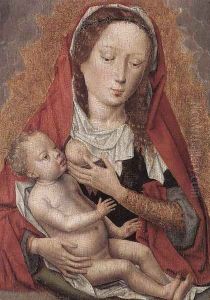
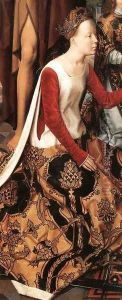
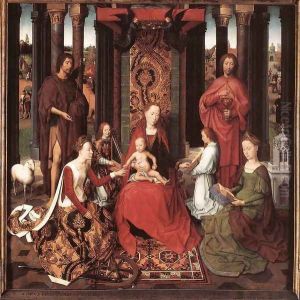
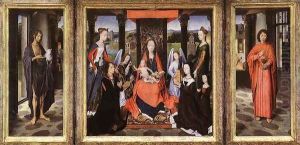
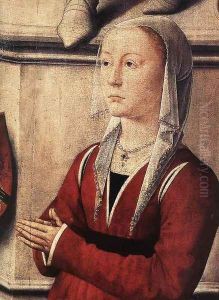
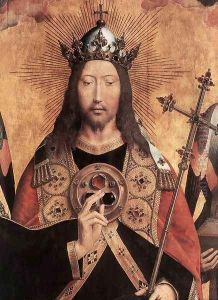
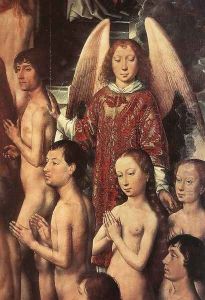
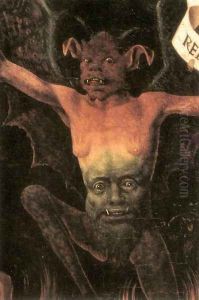
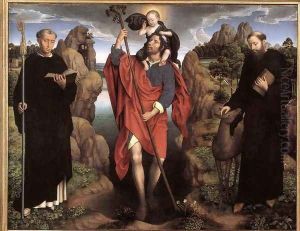
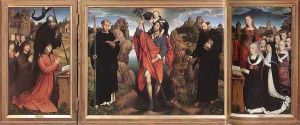


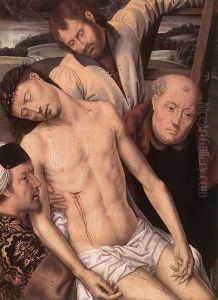
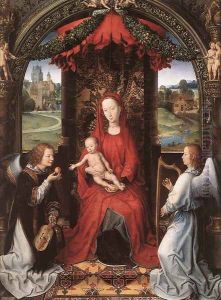
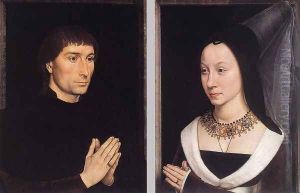
![The Donne Triptych [detail: 3, central panel]](https://www.niceartgallery.com/imgs/222735/s/manner-of-memling-hans-the-donne-triptych-detail-3-central-panel-5abc7f09.jpg)
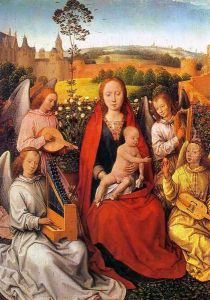
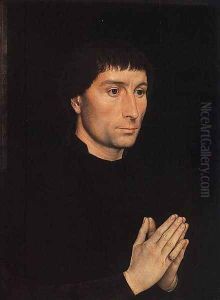
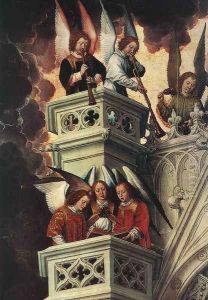
![St John Altarpiece [detail: 7, central panel]](https://www.niceartgallery.com/imgs/222738/s/manner-of-memling-hans-st-john-altarpiece-detail-7-central-panel-6d97ef36.jpg)
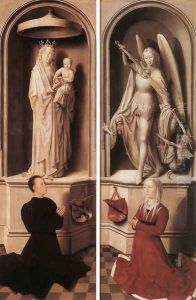
![Last Judgment Triptych [detail: 9]](https://www.niceartgallery.com/imgs/222742/s/manner-of-memling-hans-last-judgment-triptych-detail-9-f1c652d1.jpg)
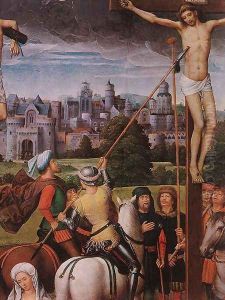
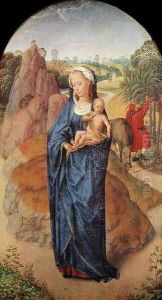
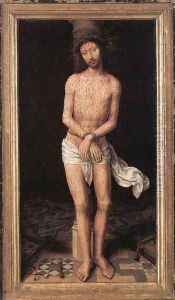
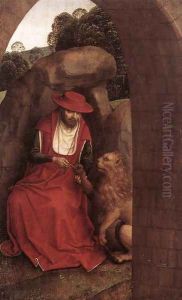
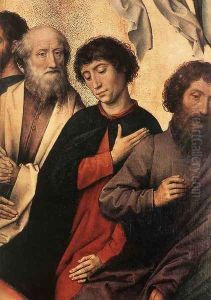
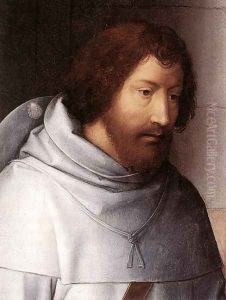
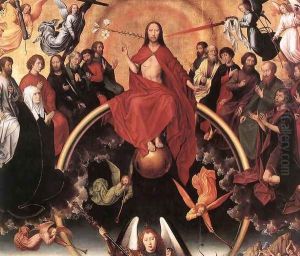
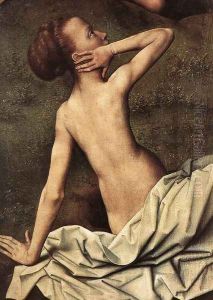
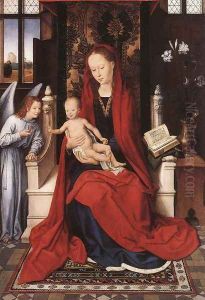
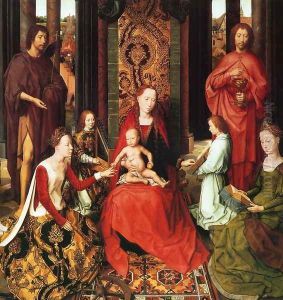
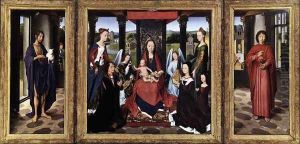
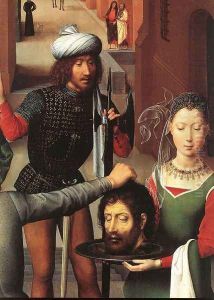
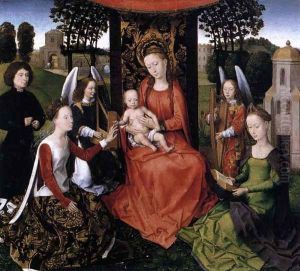
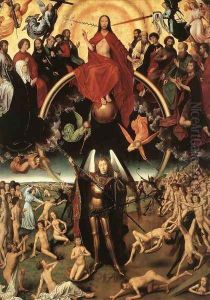
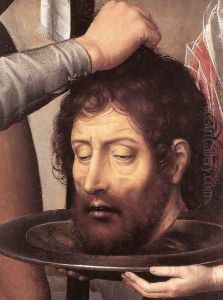
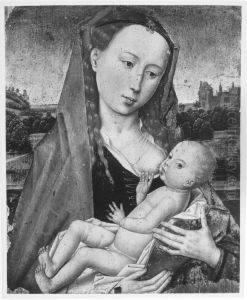
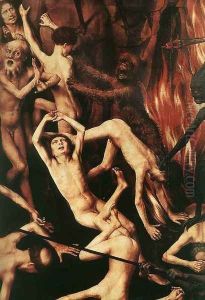
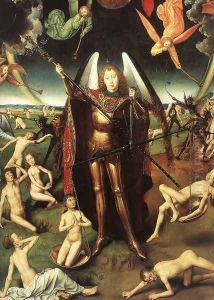
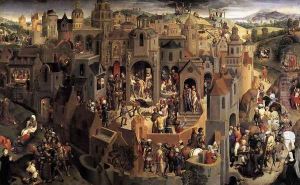
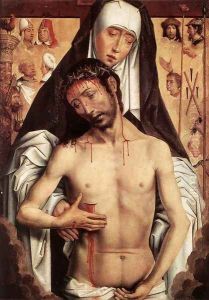
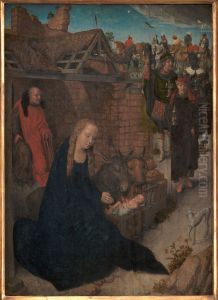
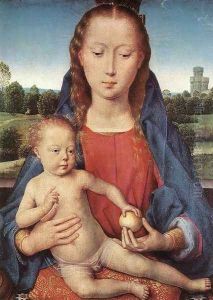
![Last Judgment Triptych [detail: 14]](https://www.niceartgallery.com/imgs/222740/s/manner-of-memling-hans-last-judgment-triptych-detail-14-85725420.jpg)
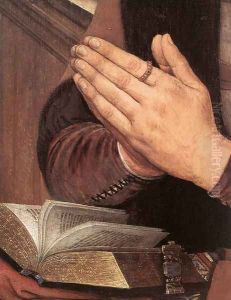
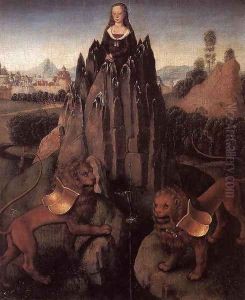
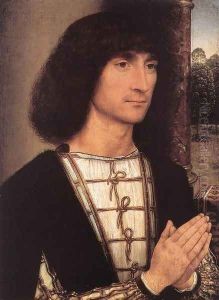
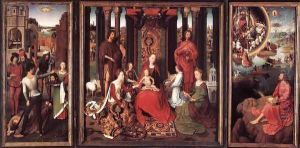
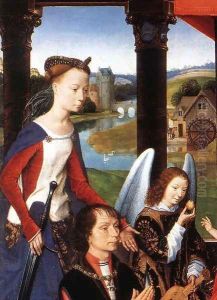

![Last Judgment Triptych [detail: 13]](https://www.niceartgallery.com/imgs/222744/s/manner-of-memling-hans-last-judgment-triptych-detail-13-6c1a59c2.jpg)
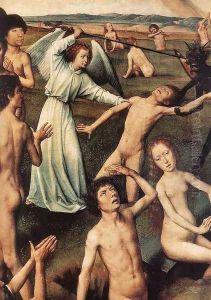
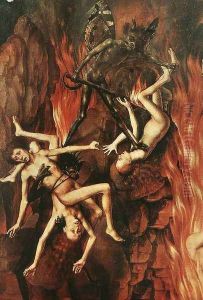
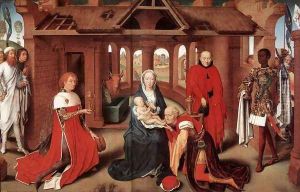
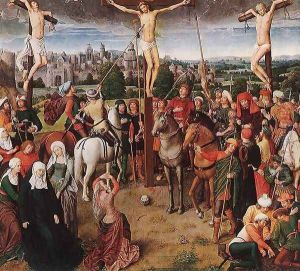
![St John Altarpiece [detail: 2, left wing]](https://www.niceartgallery.com/imgs/222728/s/manner-of-memling-hans-st-john-altarpiece-detail-2-left-wing-8f0d470.jpg)
